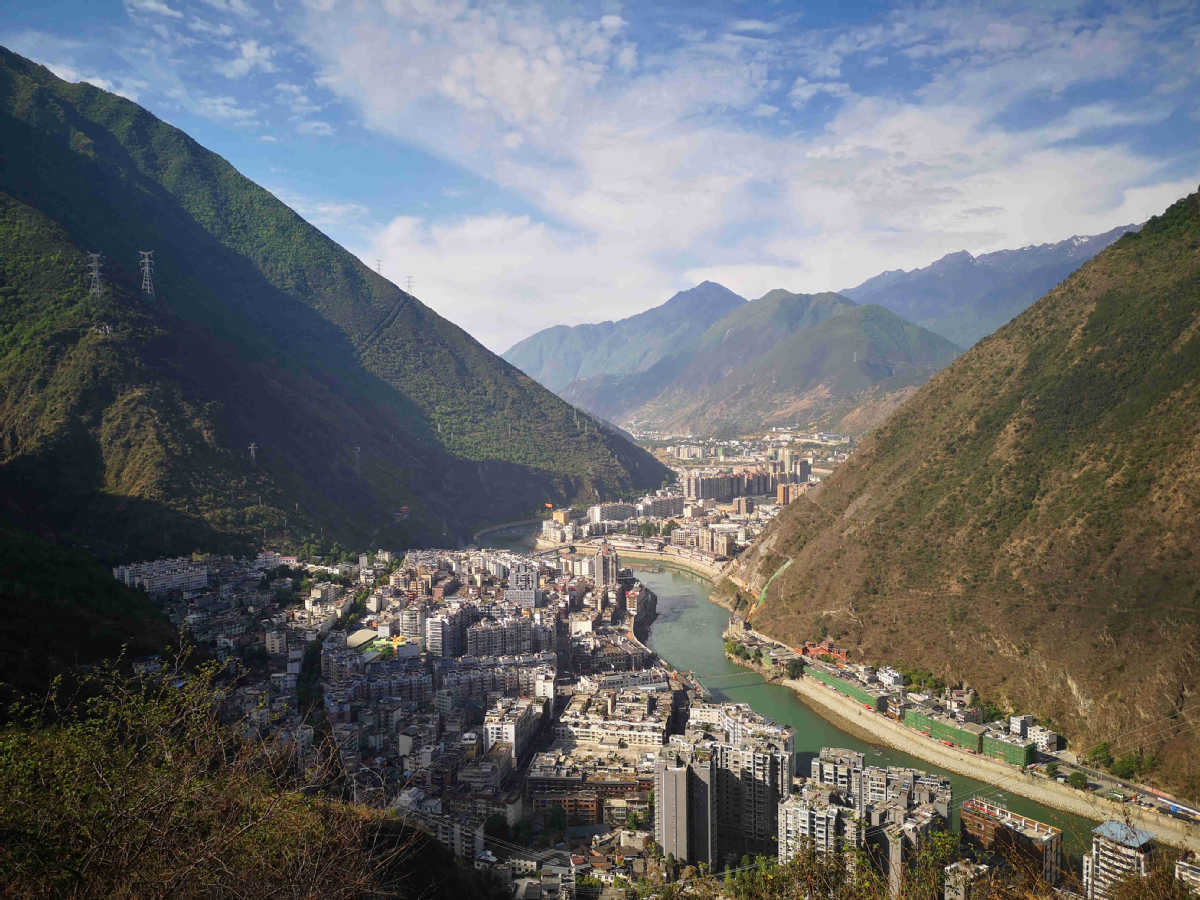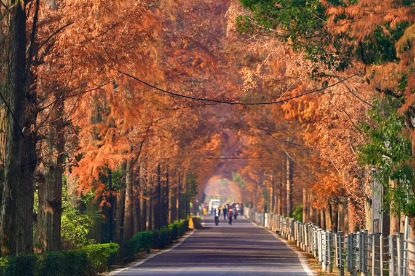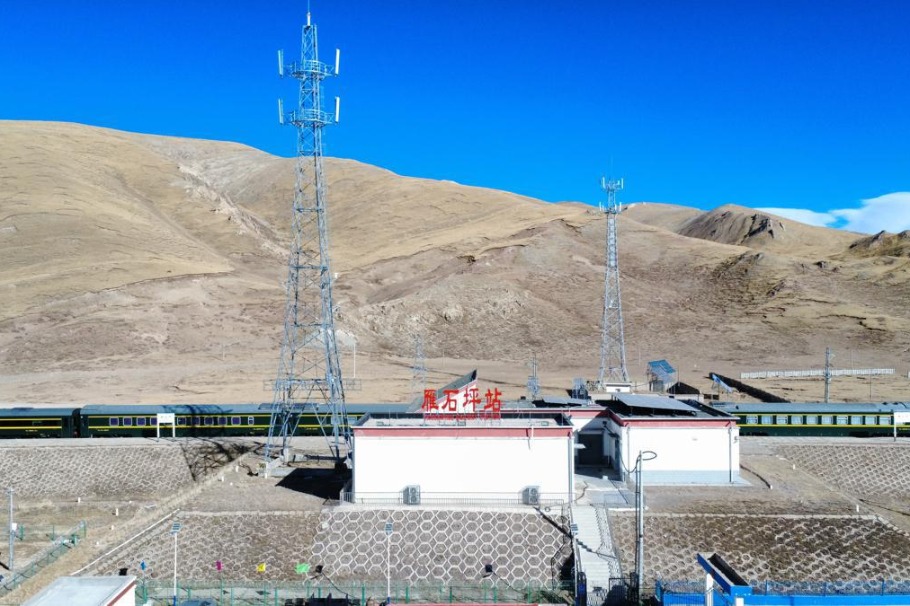Tourism, cherries bring sweet success


Some young visitors are terrified when they walk on the swaying planks of Luding Bridge, which is 100 meters long and 2.8 meters wide. They stand motionless, clinging to their companions' arms and hoping to vacate the structure as quickly as possible.
As such, many onlookers cannot help but admire the bravery of the 22 Red Army soldiers who battled to cross the bridge on May 29, 1935, when its planks had been removed and only 13 iron chains remained.
Located in the Ganzi Tibetan autonomous prefecture, Sichuan province, Luding county is famous for, and named after, the 315-year-old bridge, which was the only way of crossing the Dadu River in ancient times.
For years, the county was basically landlocked, meaning many of its residents were poor.
Now, though, thanks to the bravery and endurance they have inherited from the Red Army, a precursor of the People's Liberation Army, many formerly impoverished Luding residents have seen their livelihoods improve.
Yao Xiangui, 65, lives less than 100 meters from the bridge. He used to work as a blacksmith, but he was unable to make ends meet, so he trained as a bricklayer and crossed the bridge to ply his new trade in the county seat.
"Life was hard. But I was optimistic and persisted. I told myself that my life was not as hard as that of the Red Army soldiers," he said.
As the number of tourists visiting Luding Bridge began to rise in the late 1990s, Yao bought two horses and a number of Red Army uniforms and traditional Tibetan costumes.
"Visitors waited their turn to dress as Red Army soldiers and local Tibetans and have their photos taken on the west bank of the bridge. I made a considerable sum each year," Yao recalled.
With the money he made, he built a five-story inn, which is packed with visitors during the peak tourist season.
"With an enterprising spirit, similar to that of the Red Army soldiers, I said goodbye to hardship and ushered in a comfortable lifestyle," Yao said.
According to Luo Chukai, an information officer with the Luding county committee of the Communist Party of China, many people living on the west bank of Luding Bridge have moved out of low, damp, tile-roofed houses into spacious, bright, high-walled buildings.
Forty years ago, soon after China started the reform and opening-up policy in the late 1970s, the Luding county seat covered less than 1 square kilometer. However, it has a planned area of 6.8 sq km, Luo added.
Hotels, restaurants and high-rise buildings are ubiquitous near the bridge, which is in the center of the county, and many streets are named after participants of the Long March (1934-36).
Song Xiaojun, Party secretary of the CPC Luding county committee, said the county has put the emphasis firmly on the development of Red and environmental tourism in recent years, becoming the first place in the prefecture to be removed from a national list of poverty-stricken counties.
With the completion of the 135-kilometer Ya'an-Kangding section of the Sichuan-Tibet highway in 2018, the journey time between Luding and Chengdu, capital of Sichuan, was cut from between five to six hours to two and a half to three hours.
- Jimmy Lai found guilty of violating national security law
- Hong Kong court opens session to deliver verdict on Jimmy Lai's case
- Affordability ranks high for overseas study choices
- Jiangxi valley goes viral, wrongly tagged Japan
- China plans to expand cover for childbirth-related bills
- Non-living 'life releases' in Liaoning condemned




































